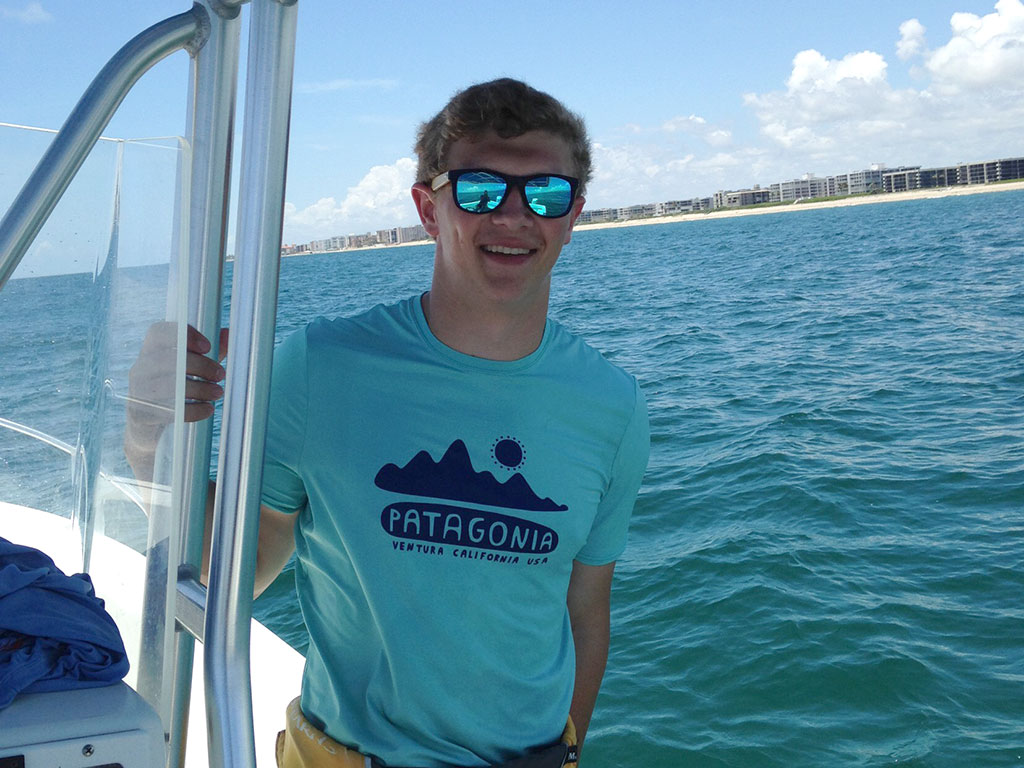The importance of looking before leaping
William Werry ’18
Good structure. A major obstacle that bones have to combat is the impact force that is experienced while running and jumping. This research is giving me the opportunity to examine how organisms overcome these forces in real life situations. Although it may seem unrelated, we can apply a lot of what we’re learning from cane toads to how humans deal with impact.
A lucky start. I was lucky enough to sneak into one of the last open spots in Professor Ekstrom’s course on Biomechanics. I loved the class, and it inspired me to pursue the subject further. After talking with Professor Ekstrom, we decided that examining kinematics, the study of motion and forces, was the right direction for me.
Interdisciplinary research. Biomechanics is a cool field because it integrates other branches of science, such as engineering and physics, into biology. Through biomechanics, I’ve had the chance to work with industrial materials testing machinery, 3D printing, and engineering programs in addition to using biological practices like dissecting and microscopy.
Lessons learned. When you’re conducting your own research, nothing ever goes exactly to plan. I have had at least a dozen situations where I thought I was on the right track but had to double back to fix an error. Although it can be discouraging, it’s all part of the process and makes it even more satisfying when you complete a project.
William Werry ’18, a biology major from Portsmouth, N.H., intends to apply to medical school after graduation. His long-term goal is to specialize in orthopedic surgery. He found a connection to his future in studying the role that cane toads’ vision plays in hopping.

